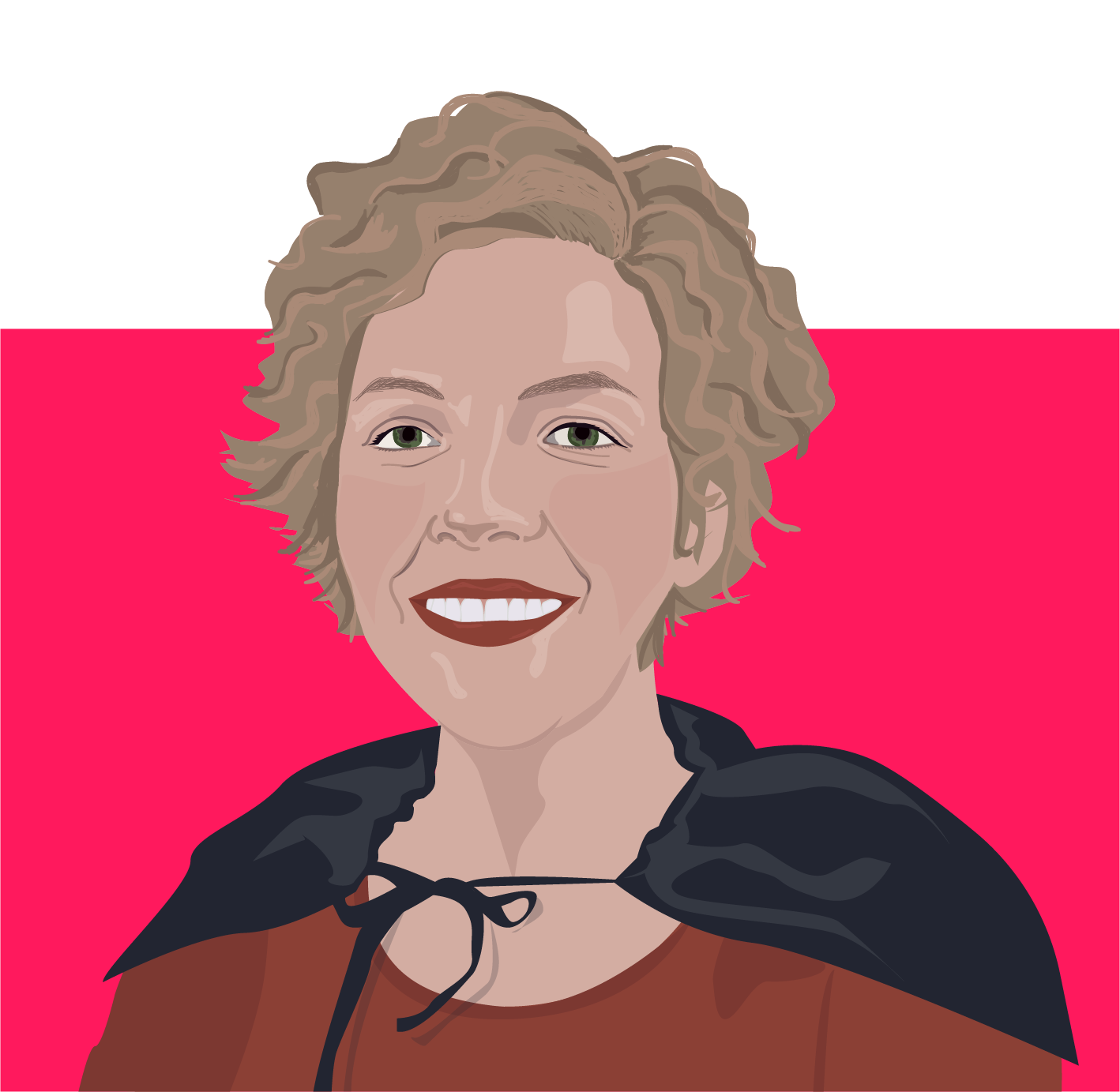Small Business Marketing
Marketing for your small business can be challenging. You may struggle with lack of...

When crafting your inbound marketing strategies, knowing your target audience and buyer personas is imperative. The difference between inbound marketing and what people usually think of when they think of marketing is that in inbound marketing, the business is attracting customers by creating valuable content and experiences tailored to them. Traditional marketing pushes content on prospects or customers. And they don’t always want what you are pushing. (Telemarketing comes to mind.)
Imagine being a comedian. You’ve worked hours on the perfect jokes. You rehearsed in front of your friends. They loved it. You are going to slay. You’re a bundle of nerves as you walk out on stage, but the adrenaline starts to take you over. You proceed with your first joke poking fun at cosplay. Then another. All you hear is crickets and then, “BOOOOOO!” When the lights come up, you discover the comedy venue is next to a large Comic-con. Had you thought about who was sitting in the audience, would you have really gone in that direction?
 Inbound marketing is about forming connections. It is about solving the problems that buyers already have. In order to do this well, you must know your target market inside and out. How else can you provide valuable information your customers can use? How else can you meet their needs if you, in fact, don’t know the needs?
Inbound marketing is about forming connections. It is about solving the problems that buyers already have. In order to do this well, you must know your target market inside and out. How else can you provide valuable information your customers can use? How else can you meet their needs if you, in fact, don’t know the needs?
Your target audience is the specific group of people whom you want to reach because they are the people most likely to buy your products or services. They share the same common characteristics, demographics and behaviors. The more specific you are in defining your target audience the more successful you will be reaching the best possible conversion rates. (Don’t be afraid to narrow down your target. Just because you are narrowing down your target doesn’t mean you cannot sell to someone outside of your target.)
To determine your target market:
Once you know your target market, it is time to drill down and define your buyer personas. HubSpot, the founder of inbound marketing, states that “buyer personas help you understand your customers (and prospective customers) better. This makes it easier for you to tailor your content, messaging, product development, and services to the specific needs, behaviors, and concerns of different groups”.
Therefore, if you have your buyer personas well defined, you can create content that will help buyers through the buyer’s journey and sales funnel.
Let’s face it, by focusing on the buyer persona and what matters to them, you can carry them through the sales funnel much quicker, which leads to a quicker sale conversion for you.
If you are the owner of a dermatologist office you may have the following buyer persona.
Aging Alice
I am a retired woman who is concerned about looking the best I can, as well as living life to the fullest.
Roles: Mother, Grandmother, Wife, Friend, Avid Traveler, Cook, and Shopper
Goals: I enjoyed my career for over 30 years. Now, I want to focus on my husband and me. I want to do all the things I couldn’t do when I was working and taking care of my family. I want to travel, and I want to look good. I don’t want to look “old”. I want to take on this next chapter with vibrancy. Instead of looking at the next years of my life as the last chapter, I want to embark upon this next chapter with gusto and passion. I care about my husband, and I want to focus on us and our bucket list. I want to feel sexy for him and me. I want my children and grandchildren to say, “I want to be like her when I am her age.”
Challenges: I don’t have as much energy as I used to have, and my face doesn’t match my inner voice. I tend to prioritize other things over myself, even though I really want to make some serious changes. I would really just like to feel good about myself and take care of myself.
Age – 60 plus
Income – $100k plus
Education – B.A. or more
Location – Central Virginia, Suburban areas
Story – Aging Alice is fun-loving and is not looking to slow down in retirement. Her focus has just changed. She wants her and her husband to focus on their own dreams, while still looking good. She wants the best for her children and grandchildren, but she wants to start prioritizing her needs first. She and her husband are in a financially good place for retirement, and she wants to take advantage of that. She wants to travel, shop, and enjoy the company of friends. She doesn’t want to look or feel “old”. She wants to feel sexy and vibrant. She isn’t trying to look like she is 20, but she wants to be the best self she can be, which includes being healthy.
Imagine creating content required to take the buyer through the buyer’s journey and sales funnel, now. Isn’t it easier to craft content when you have a specific buyer persona in mind? Isn’t it easier to write a Dear Sharon letter than a To Whom It May Concern letter?
If only the comedian knew who was in the target audience, maybe he would have written some good self-deprecating jokes instead. And bought himself a cape.
HubSpot, the founder of inbound marketing, has created a free buyer personas template for you to use. You can find the template here, on the HubSpot website.

Marketing for your small business can be challenging. You may struggle with lack of...

You have painstakingly crafted yourBusiness Plan. You know your why. You’ve put pen to paper and...